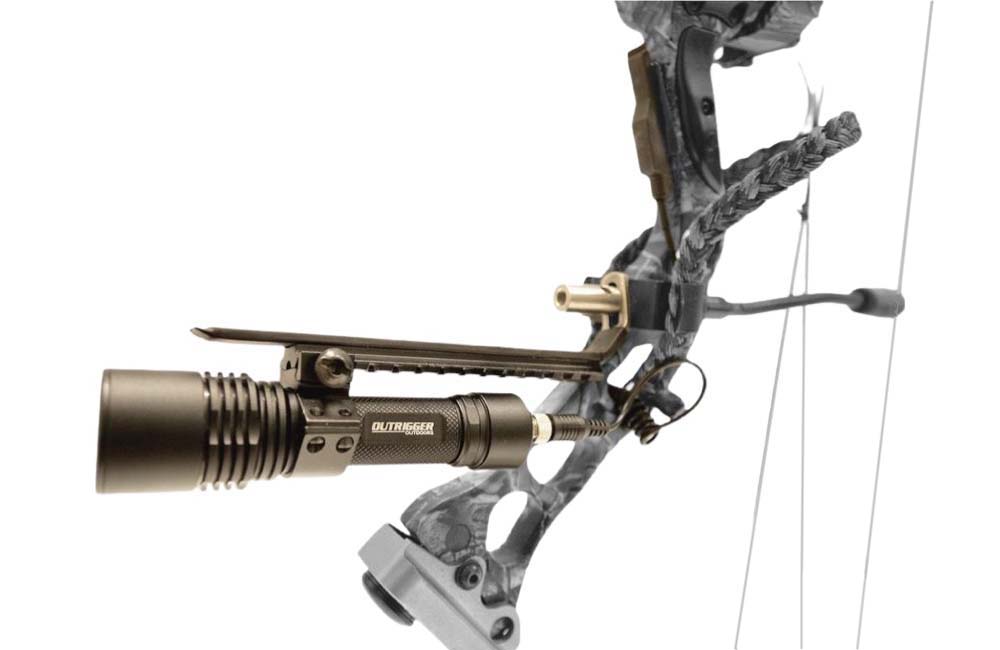Optimizing Your Archery Efficiency With the Right Compound Bow Stabilizer: a Detailed Introduction
One important yet often-overlooked component in boosting accuracy is the compound bow stabilizer. By comprehending the nuances of choose and enhancing a compound bow stabilizer, archers can adjust their equipment to boost their capturing experience to new degrees of efficiency and control.
Value of Bow Stabilizers in Archery

Furthermore, bow stabilizers assist in stabilizing the weight distribution of the bow, which can enhance the archer's security while shooting and aiming. By including weight to the front of the bow, stabilizers can decrease the quantity of torque experienced upon launch, resulting in a smoother and a lot more controlled shot - compound bow stabilizer. This weight distribution additionally helps in holding the bow consistent for a longer duration, enabling the archer to intend more precisely
Kinds of Compound Bow Stabilizers
When considering the various types of substance bow stabilizers readily available, it is crucial to recognize their unique functions and functions to identify the most suitable alternative for optimizing archery efficiency. The most usual kinds of compound bow stabilizers include sidebar stabilizers, front stabilizers, and back stabilizers. Back stabilizers, also called back stabilizers, are placed to the back of the bow and aid in counteracting the weight of various other accessories, resulting in enhanced security and constant intending.
Elements to Consider When Picking
In evaluating substance bow stabilizers, understanding the distinctive functions and functions of each kind is essential for making an informed choice on one of the most appropriate option to improve archery performance. When selecting a stabilizer, one have to think about the weight of the stabilizer itself. While a larger stabilizer can offer even more stability by minimizing the bow's activity, it may also cause tiredness throughout long shooting sessions. Balance is an additional critical factor to consider. The stabilizer's length and design substantially impact the bow's equilibrium, affecting the shooter's capability to hold stable aim. In addition, the product of the stabilizer can affect its effectiveness. Carbon fiber stabilizers are light-weight and take in resonances well, boosting precision. The number and adjustability of dampeners on the stabilizer can adjust its efficiency by reducing noise and shock upon release. By very carefully reviewing these variables, archers can select a compound bow stabilizer that aligns with their shooting style and maximizes their overall performance on the my company archery range.
Setup and Adjustment Tips
For optimal performance and precision in archery, understanding the installation and adjustment of your bow stabilizer is important. Proper installation starts with connecting the stabilizer to the bow's riser, ensuring it is firmly protected. Many stabilizers come with placing hardware for very easy installment, yet it's critical to comply with the supplier's standards for the certain model you have. When attached, readjusting the stabilizer involves locating the appropriate equilibrium between weight distribution and size. Explore different combinations until you attain the preferred feeling and security.
When readjusting the stabilizer, start with small incremental modifications instead than drastic modifications. Pay interest to just how the bow responds to changes in stabilizer settings and make modifications accordingly. Routinely examine the stabilizer's tightness and general problem to guarantee it proceeds to operate optimally.
Upkeep and Treatment Standards

It is also essential to keep your bow with the stabilizer in a risk-free and secure place when not in usage. Complying with these maintenance and treatment guidelines will assist you get the most out of your bow stabilizer and enhance your total archery performance.
Conclusion
Finally, selecting the right substance bow stabilizer is vital for making the most of archery efficiency. Comprehending the importance, kinds, elements to consider, setup and adjustment ideas, as well as upkeep and care standards can significantly influence one's accuracy and uniformity in shooting. By choosing a stabilizer that fits individual requirements and choices, archers can this contact form improve their general performance and achieve far better results on the variety or in competitors.
Bow stabilizers play a vital role in boosting an archer's precision and consistency by minimizing vibrations and maintaining the bow throughout the release of an arrow - compound bow stabilizer.In addition, bow stabilizers aid in balancing the weight distribution of the bow, which can improve the archer's stability while firing and aiming. The most usual kinds of compound bow stabilizers include sidebar stabilizers, front stabilizers, and back stabilizers. Back stabilizers, likewise called back stabilizers, are placed to the back of the bow and assist in counterbalancing the weight of other devices, resulting in boosted security and steady aiming. When selecting a stabilizer, one need to take into consideration the weight of the stabilizer itself